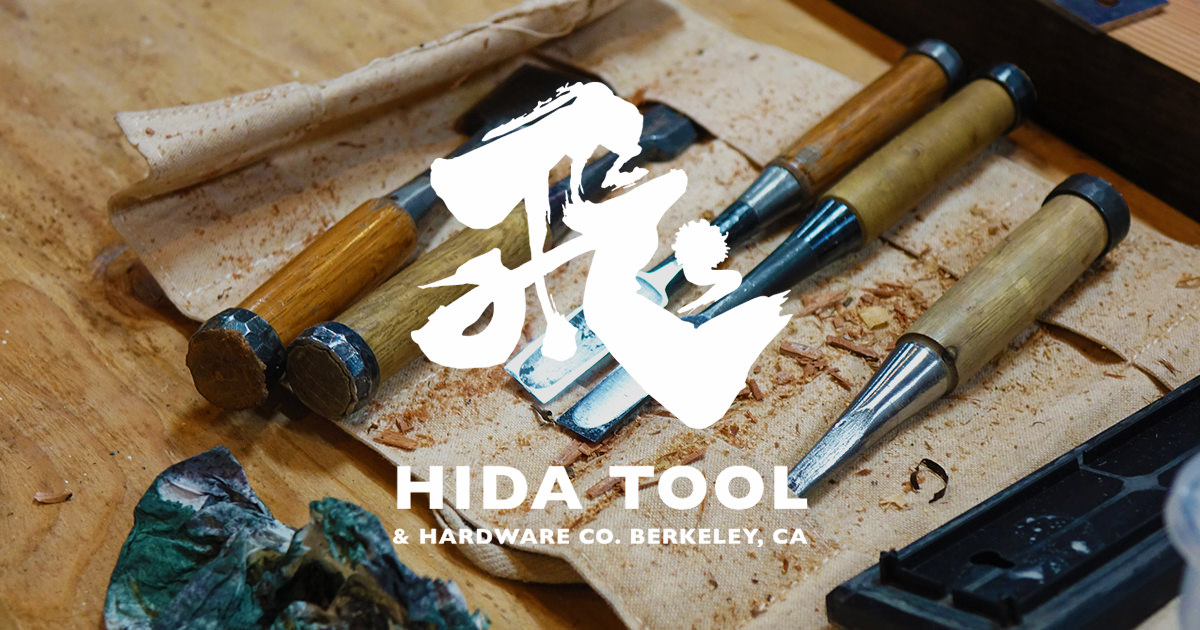I watched a `documentary about a 17th-generation craftsman who had spent his whole life making scissor, and learned the importance of the “set” of the blades [which should indeed cross at the tip.] I then found out that Wazakura is forging the handle by machine, but using craftsmen to set the blades.
If you were to make this statement to a Japanese you would be insulting them. Forgers are craftsmen, and a lot of the renown katana/scissor/knife makers do all the tasks as well.
I bought the smaller satsuki shears on Amazon and was simply astonished at the quality and utility. In the box they included a coupon for 20% off my first order from the company directly, so then I bought the larger ‘twig’ scissors. Same quality and they cut like a dream. They use Yasugi steel—the same used for katana—made by adding powdered iron into the steel as it is forged. They say that this combination means that the scissors arrive incredibly sharp, and hold a sharp edge for a very long time. They are unbelievably priced at just under $40, and having used them, I would buy them at five times that price.
I'm a little bit of a nerd when it comes to Japanese steels, I love to watch videos of forgers making steel in traditional tataras.
From Wazakura
【Yasugi Specialty Steel】
Bonsai tools made of Yasugi Specialty Steel, a unique steel produced only in Japan. Yasuki steel is made in the Hitachi Metals plant in Shimane prefecture (Japan). It is created by combining iron and steel, removing impurities (phosphorus, sulfur, etc) that reduce sharpness, and forging and rolling the steel many times with hot processing.
Yasugi steel is named after the city where it is made,
Yasugi City in Shimane Prefecture. It is made the traditional way by Iron ore, from iron sands sourced locally. Not by adding powdered iron as it is forged. The folding that Hitachi (the only manufacturer of Yasugi steel in Japan after they bought Nippon Steel Corp in 1999) is what makes the steel structure strong.
There are 3 different types of Yasugi (Japanese steel), white, blue, and yellow. Considering the price of Wazakura tools, and that they call it Yasugi Specialty steel (YCS3 Alloy Tool Steel) I'm almost certain that it is yellow steel. Not katana worthy, and used for kitchen cutlery and scissors. Katanas are made of different types of tamahagane (precious metals), hagane, kawagane and shigane. Hagane for the edge, the other two either by them selves or a combination of forgings as the core.

Yasugi is divided as shirogami (white) and aogami (blue), the lesser of them is kigami (yellow). The higher up you go, the pricier the steel is. Super blue would be the best for bonsai tools, but it is extremely expensive, which is why a lot of companies are using stainless steel instead and Japanese SLD.

Some references I have bookmarked.

hidatool.com



